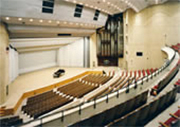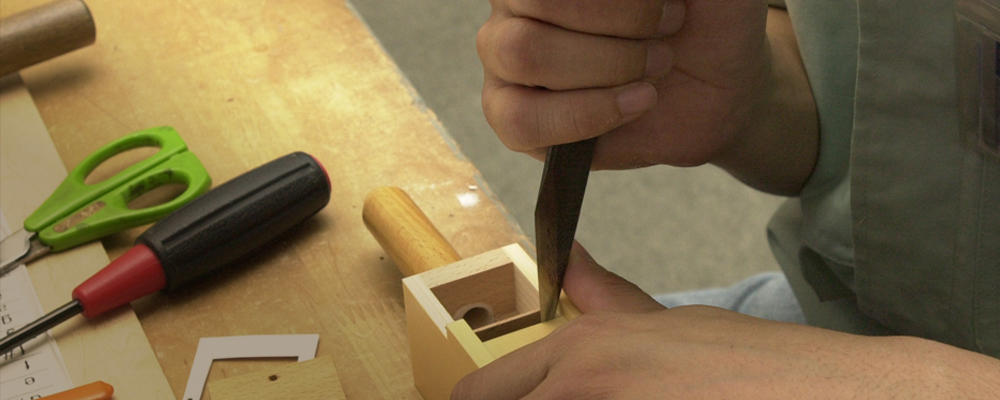How a Pipe organ is Made
Pipe organs - From placing an order to completion
First, decide what kind of instrument you want to create
Constructing a pipe organ begins with clearly defining one's ideal, which is to say the kind of instrument you want to create.
Techniques for building pipe organs vary by country and with the times. At the heart of churches in France, Germany, the U.K., Spain, Italy and other European countries, a number of styles have been established over many hundreds of years, and there are also differences in musical styles over time, from older to contemporary works.
For this reason, it is necessary to clarify the type of musical instrument you are hoping for, such as a 19th-century romantic style musical instrument, for example, in the style that can be found in churches of the period.
A sound that suits the space
Installations in a hall are generally for the purpose of performing for concerts, so the period and style of music that will mostly be performed in the hall will be discussed. At that time, an administrative team or committee will be established to oversee installation, with expert university scholars, architects and others engaged to define the concept. Whether a proposal is appropriate to the acoustic qualities of the space and the seating capacity will also be considered.
For Christian churches and schools the intention is to conduct services, so clearly established specifications already exist. Services have a prelude at the outset, hymns that are sung, a sermon, and a postlude. The organ is used throughout that time, but specific use varies according to denomination. There are some instruments that can shift by more than four half-tones or produce unusual rhythms, for which works are not established. Such instruments were created for sensational performances of specific tonal combinations.

French 19th-century style and sound quality can be enjoyed at Shinjuku Cultural Center
Trial assembly at the manufacturer's workshop, then on-site installation
Once the specification is confirmed, overseas organ manufacturers are identified according to the requirements and are advised of the client's preferences. A specification document for the pipe organ is created together with these overseas specialists and a formal proposal is submitted to the client in response to a request for quotation. Once the order is confirmed, the instrument will be manufactured and a trial assembly performed at the manufacturer's workshop.
After trial assembly, the instrument is dismantled and the parts imported and delivered to the installation site, where permanent assembly begins. During this time the organ manufacturer will also come to Japan and spend time at the installation site, continuing to collaborate throughout the installation and until the instrument is fully tuned and complete.
Depending on the size of the pipe organ, it can take up to five years from the initial proposal until the instrument is complete. Through the years that follow the installation, the sound will develop and continue to mature.

Scenes during construction at Izumi Hall, Osaka
Musical Instrument Guide : Pipe Organ Contents
Origins
How to Play
How the Instrument is Made
Care and Maintenance
Trivia
- Various sizes, from large-scale to pocket-sized
- Can you tell an expensive instrument from its sound?
- Changing fashions in the number of manuals
- Partial bass range
- Delay between play and sound
- Appreciating the aesthetics of churches
- Pipe organ treasures in Tokyo
- Sound that varies according to where it is heard

